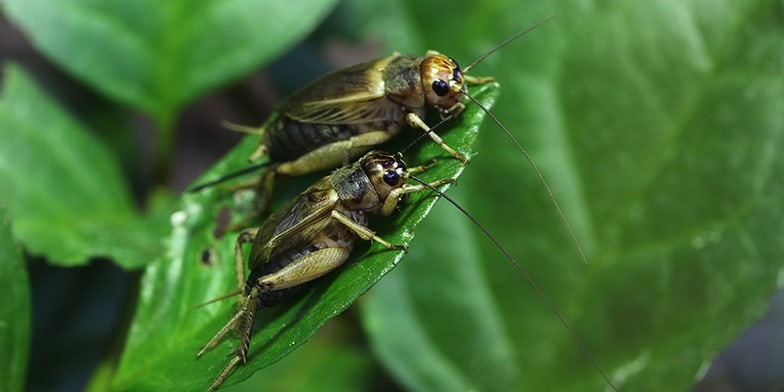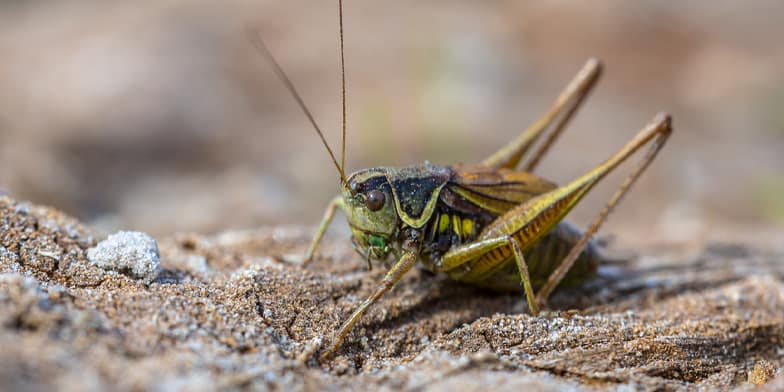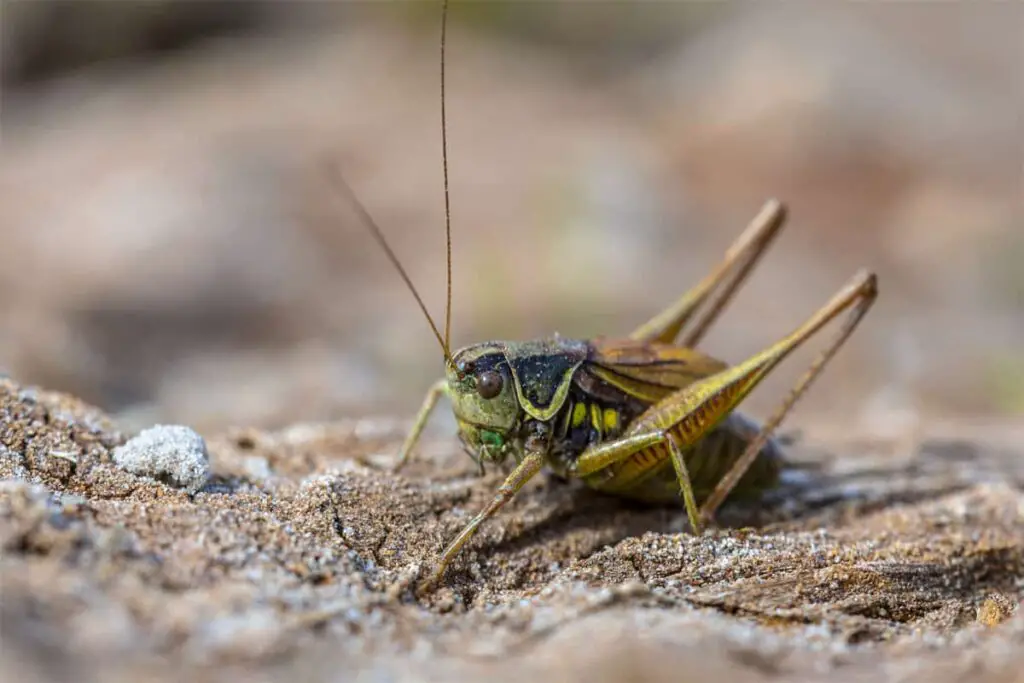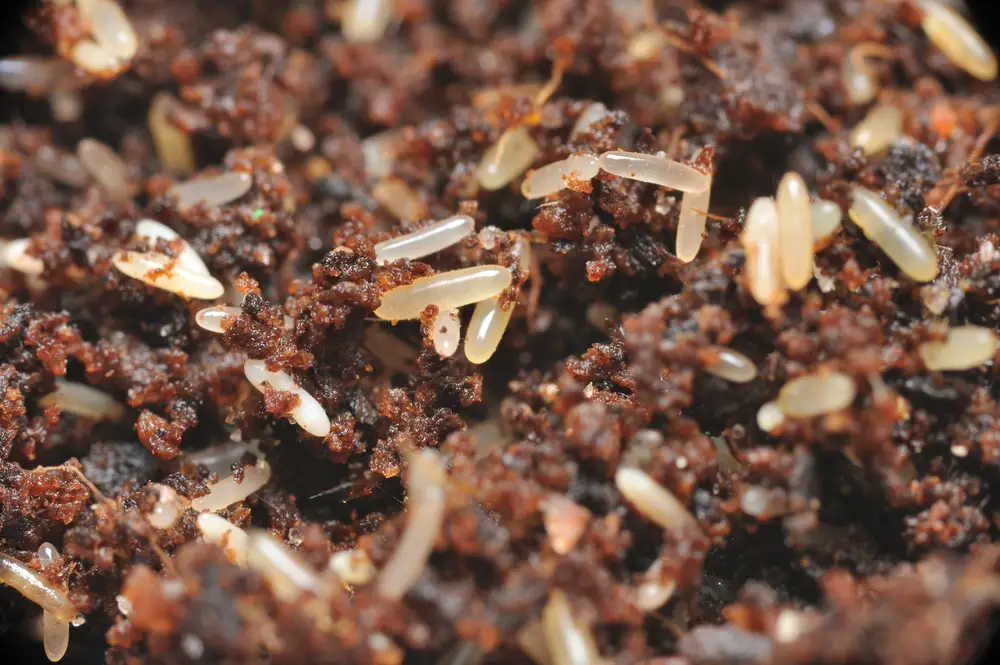
If you fall under the rare population who likes having crickets as pets or just breed them as feed for your pets, you already know that these small creatures require a lot of maintenance and looking after despite their size. And many people new to farming crickets wonder, do crickets need ventilation in their enclosures?
Yes, like all creatures, crickets need ventilation as well, to have the capacity to breathe properly. Ventilation, in this regard, means the fresh air that is present in the box or containment where the crickets are kept.
It can be confusing to follow the procedure of the ventilation or to even grasp the importance behind it. So, for your assistance, in this article, I have provided all the information you should be aware of regarding how much ventilation does a cricket needs. I would recommend the whole thing.
Why Do Crickets Need Ventilation?
Although the respiratory systems of crickets are different from that of humans, they do require oxygen too for survival like all animals. Crickets are terrestrial animals so they live on land. As a result, their source of oxygen is air. Since crickets are tiny, they have a greater surface area to volume ratio. Hence, they can drain out faster than the other mammals.
The necessary activities conducted by the crickets demand a lot of energy. For example, given their size, flying is a vigorous activity for crickets. They also need to do it for long periods, sometimes. Their mating calls also consist of a lot of energy being spent.
So, in simple words, the air is essential for the survival of the crickets. In consequence, the ventilation system consists of putting air holes in the box where the crickets are kept so that the crickets receive the necessary amount of oxygen. Keep in mind, the air holes must be smaller than the crickets so they do not escape.
How Much Ventilation is Needed for Crickets?
As said initially, it is important that crickets have plenty of ventilation but you also need to ensure that the holes in their box do not bring in too much air. Too much air will result in high levels of humidity. High humidity can kill the crickets very quickly. It can also lead to mold in the box and food of the crickets which is not at all healthy and hygienic.
Ideally, the temperature range for crickets is between 80-85° F. Although temperatures also depend upon the size of your cricket, you should ensure that the temperature is not above 90° F and below 70° F. The standard temperature for ventilation of larger crickets is 70 °F and for smaller crickets, the temperature is 90 °F.
You should also make sure that the air holes do not allow direct sunlight or even cold drafts. Crickets are incredibly sensitive to these and it can affect their lifespan.

Ensuring Adequate Ventilation for Your Cricket Farm
Many people new to cricket farming wonder whether or not crickets need air holes in their enclosures. Well, they obviously do.
When you have crickets of different sizes in a cricket farm, it is better to keep the large ones and small ones in separate containers as the large ones can easily eat the smaller crickets. All the containers should be large because crickets do not like cramped spaces. It is a bonus point if the sides are plastic because the crickets are less likely to escape in those.
For the air holes, cut 6-inch holes in the sides and the top of the container’s lid. The holes should always be smaller than that of the cricket’s size. Use a metal screen or mesh to cover the holes. This will make it impossible for the crickets to escape.
A metallic texture is included because sometimes crickets can chew through plastic and escape. So, it serves as a safety net. The screen can be added with the help of hot glue. This component will not only provide ample ventilation but will also keep the containment of the crickets comparatively dark which is much preferred by them.
The most crucial part of the ventilation system, cutting the holes, can appear difficult. The process can be even more daunting with all the things you have to consider before and after.
To create the air holes, you can simply drill or use a hole saw to get the specific size depending on the size of your crickets. Some people also use screwdrivers. Box cutters are easy to cut through or drill into in such cases as they consist of plastic which is considerably weaker. If you want to eliminate the usage of plastic altogether, you can also go for glass tanks.
Additional Things to Consider for Baby Crickets
Since the infants will need extra care, you should guarantee all the necessary comforts. While ventilation is a crucial element, you should also make sure the other factors are also available for a longer lifespan of the crickets. The following are a few examples:
- Make sure that the food and water that you provide is always clean
- There is consistent and sufficient airflow at all times
- Ensure that is more than enough space for the crickets to grow into without creating a crowded environment
- A heating pad should be provided near the infants as they are in need of more heat during these times. Eggs do not hatch unless they are kept warm.
- For ventilation, the temperature should always be around 86° F. The humidity level should be around 90% for the first and second weeks. That should be brought down to 50% afterward.
Why Should You Invest in Cricket Pens?
If you do not want to do the handy work yourself, you can simply invest in cricket pens as they already include the ventilation system. Cricket pens are basically the name given to where the crickets are contained. If you have invested in a good cricket pen, half of your worries will diminish as the cricket pen itself will cater to a lot of the factors.
A good cricket pen will secure a higher lifespan for your crickets. Such cricket pens will consist of well-ventilated sides or lids. You will not have to put in the holes yourself. It will also involve other benefits regarding the feeding department. Here are some examples of good cricket pens.
This cricket pen caters to convenience as it is clean and easily removable. The crickets will also feel at home here as they can comfortably crawl into the tubes and use it as their hiding space. Even if its lid is removed, the tubes stay in position, ensuring that the crickets do not flee.
This cricket pen is moveable and also comes at an affordable price. It’s dark textures offer the perfect sanctuary for the crickets’ hiding place. The lid is also more advanced than that of others as it has a window that can be utilized for both feeding and viewing.
This one is most ideal for big crickets and it has a lot of features that can benefit you and make your work easier such as the extension of humidifiers, heat lamps, thermostats, etc. It is also portable.
Conclusion
So, do crickets need ventilation? Whether you have crickets as pets or as food for your other pets, after reading this article, you should be able to understand the significance of ventilation for crickets.
And I hope now you have all the information to cater to the ventilation process yourself. Good luck!
Driven by a passion for those tiny creatures that rule our world, we at Bug Domain strive to be your go-to resource for information on insects.



